
PART 1
Written by: Adrian D’Costa
The journey to running the entire length of the London Underground started months before Day 1.
I was first introduced to Jonny by Coach Tommy Trees following an irritation of the Plantar Fascia in both feet. It was no surprise; an increase in training volume (which needed to be done) was providing a little bit too much for Jonny (weighing 105kg and standing at 6 foot 4 inches). The load going through someone of that height and weight is enormous.
We started working together on a weekly basis, utilizing a combination of Shockwave therapy and exercise rehabilitation. Along the way, we added treatment to both Achilles tendons and a small bout of Runner's knee a week before the challenge.
Additionally, we conducted a detailed gait assessment to understand optimal cadence relative to pace, differing shoes, minimizing over-stride, and finding an economical and efficient stride length. This information proved to be extremely valuable in determining shoe selection through the challenge.
Understanding Jonny’s running gait and injury history also allowed us to build an appropriate stock list of items we would require, from shoe inserts to pain management strategies, as well as an emergency medical kit.
Each day was followed by a detailed assessment and recovery session. Here is a brief summary of the 11 days and key niggles:
Day 1:Heat exhaustion from 30-degree weather meant the primary goal was to stay hydrated and cool. There was minor irritation of the right Tib Post tendon, which we addressed with a shoe change during the run and adjustments to the shoes afterwards for Day 2. There was also a minor flare-up of the Achilles tendon, which we addressed with 4mm heel lifts in the shoes for Day 2.
Day 2: The changes to the shoes worked well, with no issues with either the Tib Post or the Achilles. We finished Day 2 with a needling session to enhance recovery. There was also the early formation of some blisters on the 4th and 5th toes on either side, which we managed with skin filing and taping.
Day 3:The build-up of the running, 100km up to this point, was starting to take effect. An early morning physio session outside Upminster station worked on the quads. As we approached Blackfriars, we made a shared decision to change shoes as the Tib. post tendon was starting to rear its head. These changes proved effective, as we focused on staying hydrated and cool on the hottest day of the year.
Day 4:We added a new shoe into the rotation to protect the Tib Post. The Salomon’s provided less flexibility in the midfoot and protection against excessive pronation. A short day on the Victoria line meant Jonny was able to power through with no issues. However, the blisters were starting to grow exponentially and bother Jonny.
Day 5:The first double marathon day. The blister on the pinky toe greeted us early in the day and grew to the size of a pea, making every step extremely painful. This left us no choice but to pop the blister, sterilize, and tape the toe. Jonny was able to carry on, feeling better for it, but it was undoubtedly a tough slog.
Day 6: Another day filled with blister management, starting with taping the toes at Barking before the run and multiple stops along the way to address the blisters. The two key goals on the day were to avoid infection and make the ride as pleasant as possible. The recovery session was the start of daily Dettol foot spas and covering the toes with Compeed.
Day 7:The second double marathon day, and it's safe to say the legs were feeling it. We utilized breaks between checkpoints to manage the hamstrings and calves, as well as strategic changes in footwear to shift the load through the 80+ km day.
Day 8:A quick tape and check of the toes, and we were off from Harrow & Wealdstone. The sum of nearly 400km was starting to take a toll on the quads and calves. Using both shoe changes and soft tissue work, we were able to cruise into Elephant and Castle with relative ease.
Day 9: To this point, we had been managing rather well. The pinky toes were starting to heal, but cumulative fatigue was forcing Jonny to alter his cadence and foot strike. There was an over-reliance on the Tibialis anterior muscle, and the opposite Quadriceps tendon and muscle began to get extremely painful. Using some painful active release techniques, we were able to modulate the perception of soreness and finish a long, hard day. The recovery session included wrapping of the shin with anti-inflammatory creams to manage the swollen Tibialis anterior tendon.
Day 10: A cruisy 3km followed by a recovery session outside Bank station was just what the doctor ordered. This allowed us to maximize recovery for the last leg.
Day 11: The last Dance, Central line 92km! We started with routine blister management and a soft tissue routine to get the legs ready. Jonny was off to a steady midnight start, powering to Stratford in good shape. However, that's when the wheels started to come off. As we navigated through the stations in Ilford and Essex, Jonny’s left quad had taken a turn for the worst. Each step progressively got worse and forced Jonny into a painful shuffle. We taped to compress the quad and followed this with long pit stops to get into the quads and get them firing. Thankfully, this worked a miracle, and we were able to make it across to Epping. The hour drive to West Ruislip was not helpful as the legs began to cease up again. There were a few more pit stops to manage the quads, as well as taking every traffic light opportunity to dig a fist or elbow into the legs.
In the end, our journey through the London Underground was an incredible challenge, filled with pain, determination, and countless adjustments to keep Jonny going. This experience taught us the value of preparation, adaptability, and teamwork in the face of adversity. It's a journey we'll never forget.
Follow us on socials where we bring value to the run community.

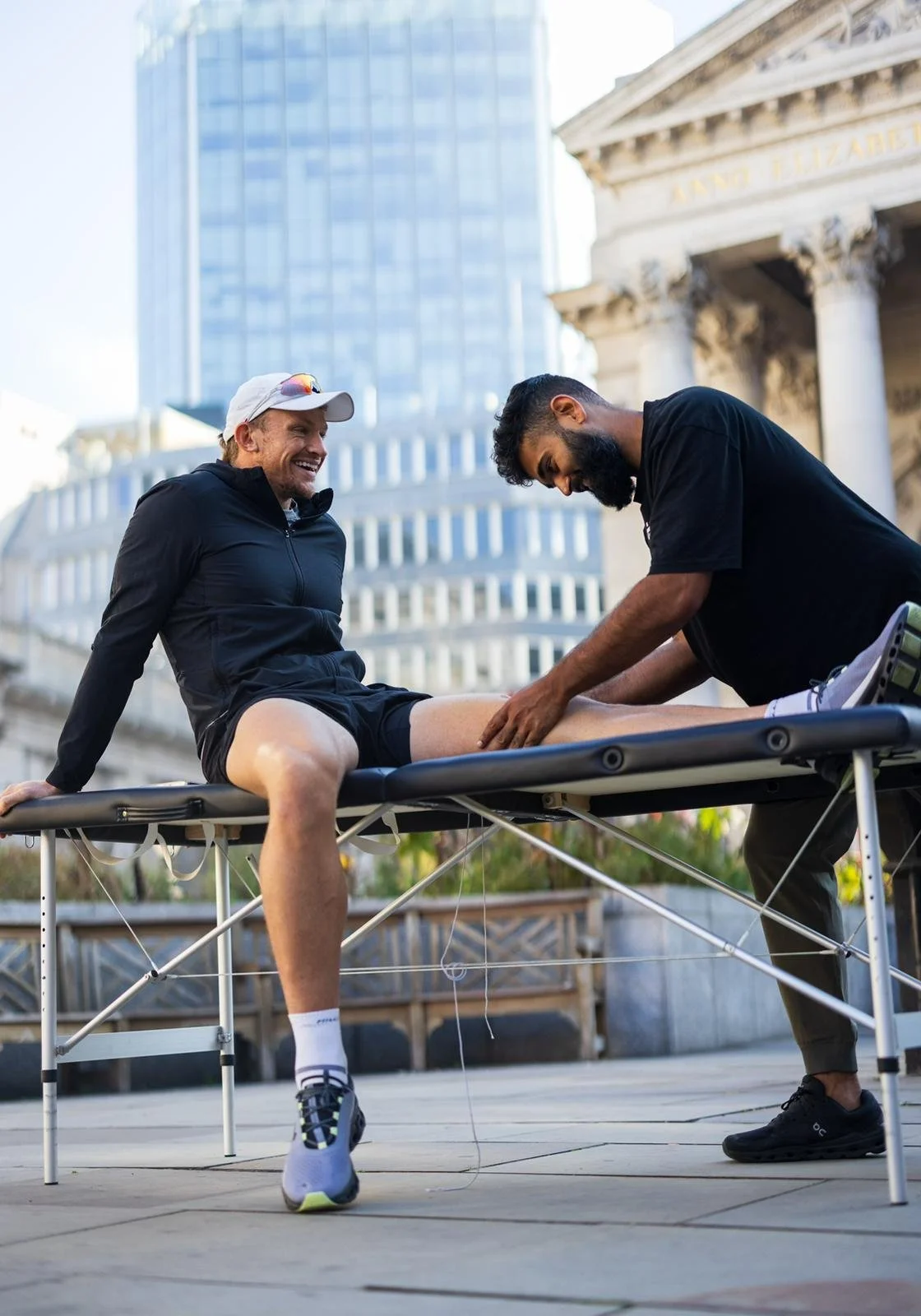
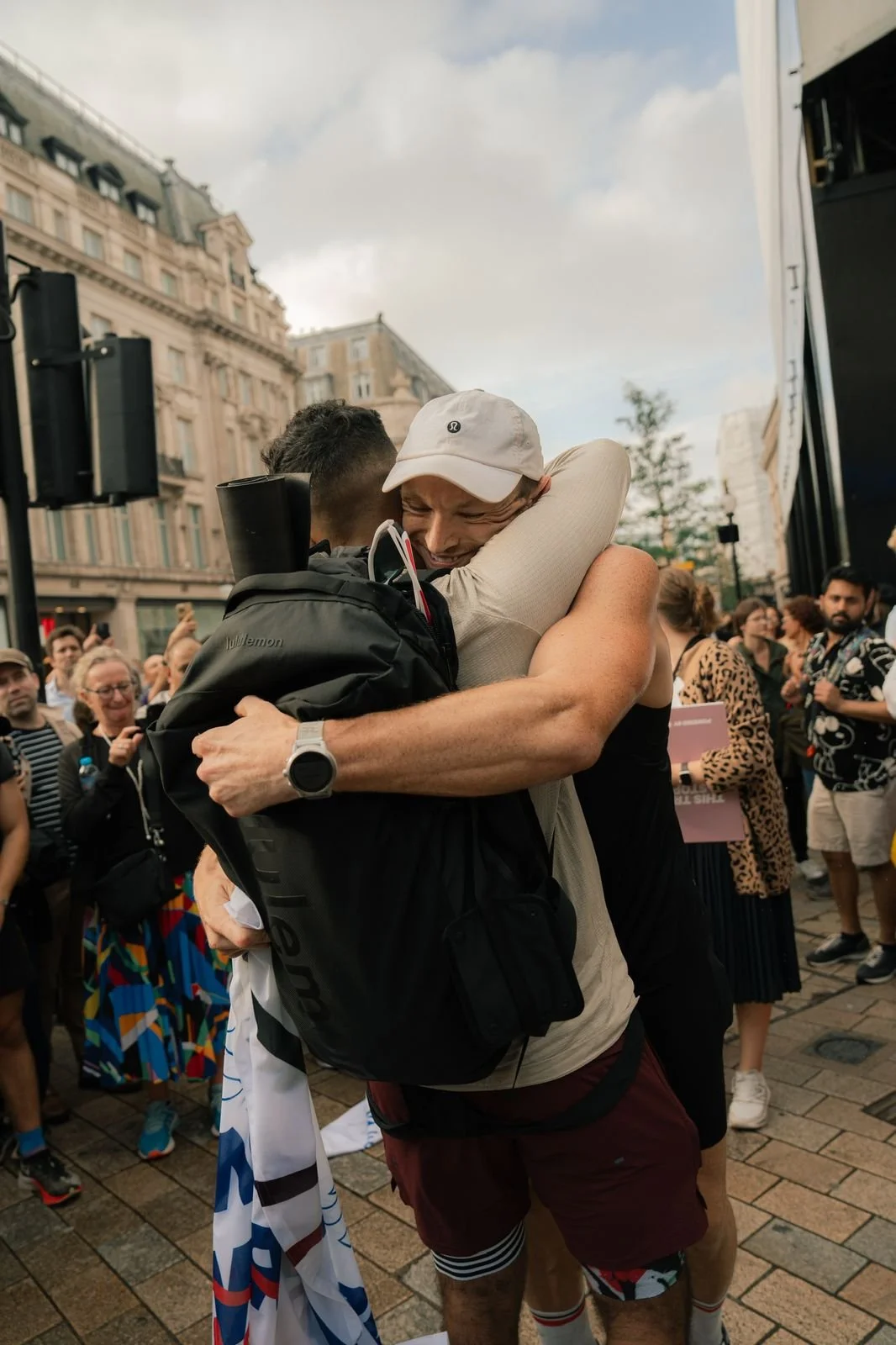
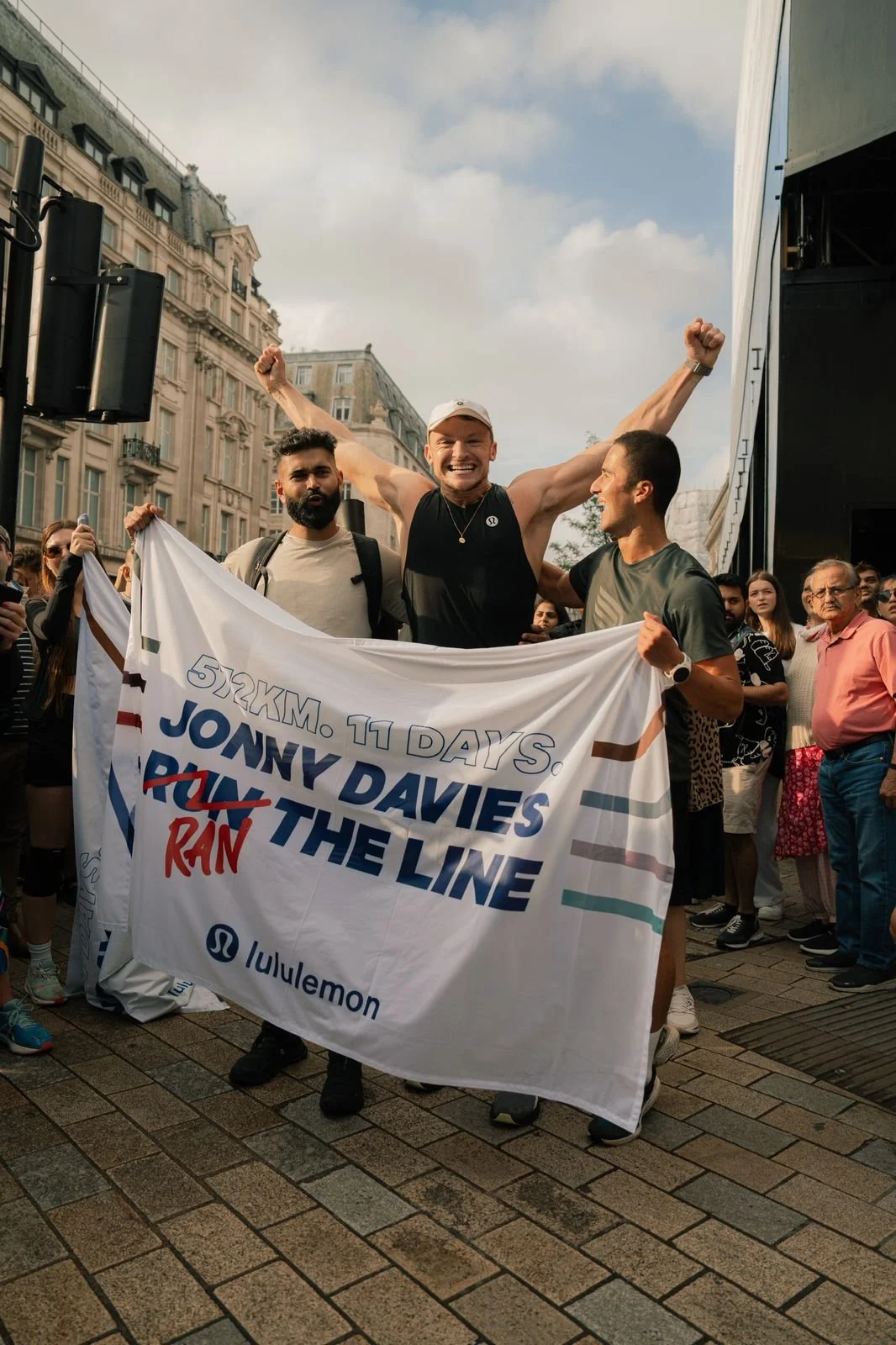
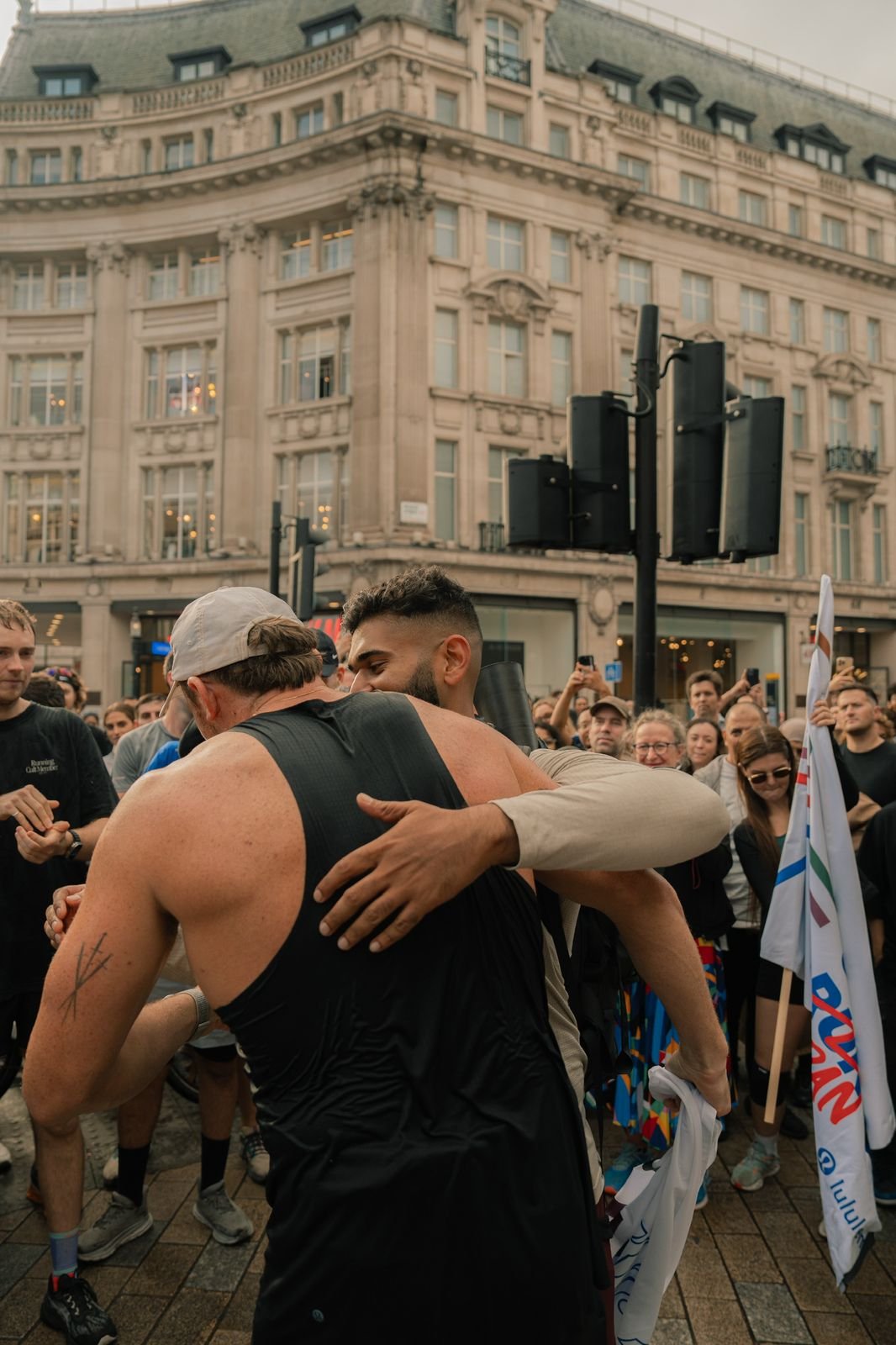
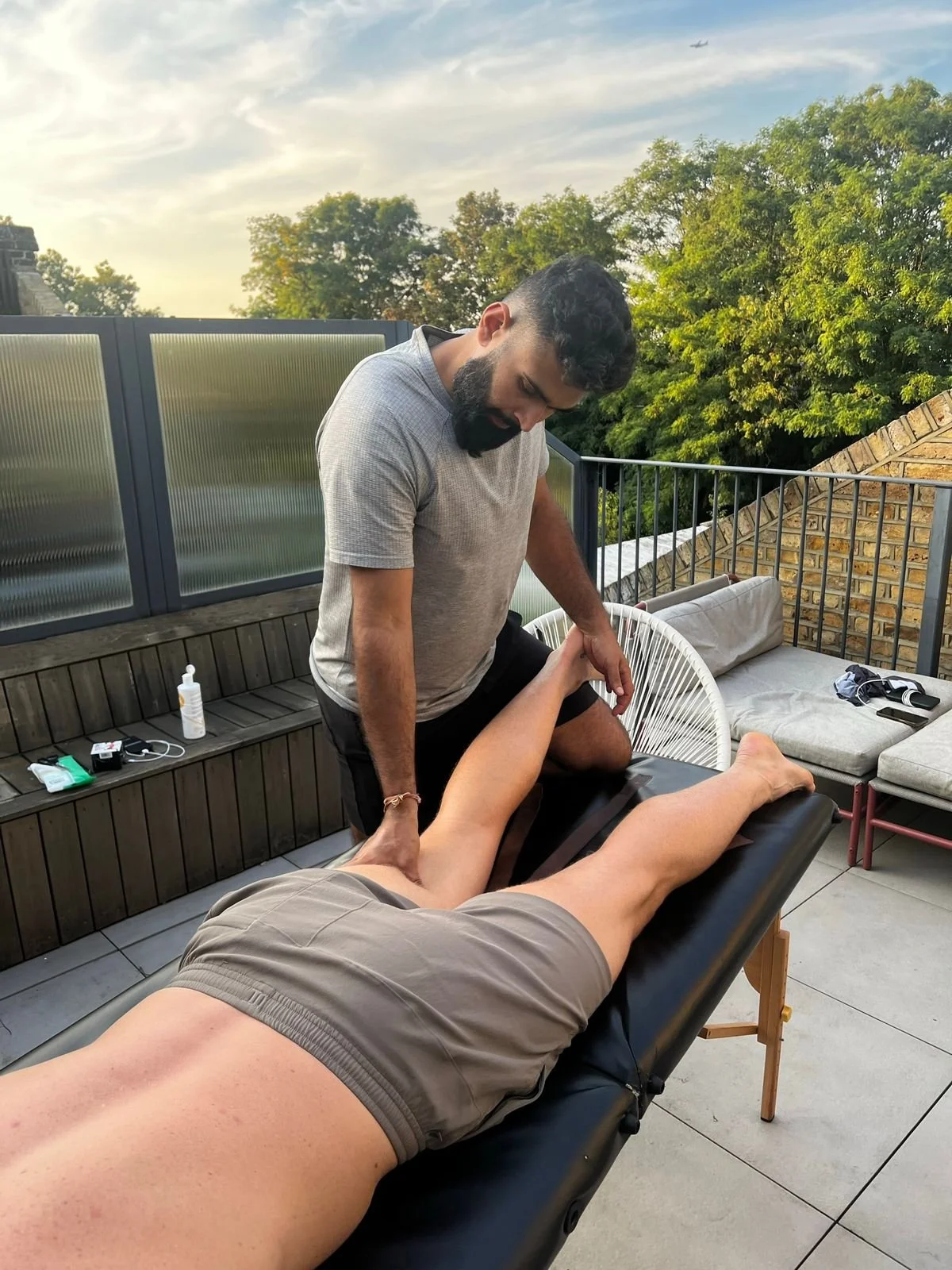
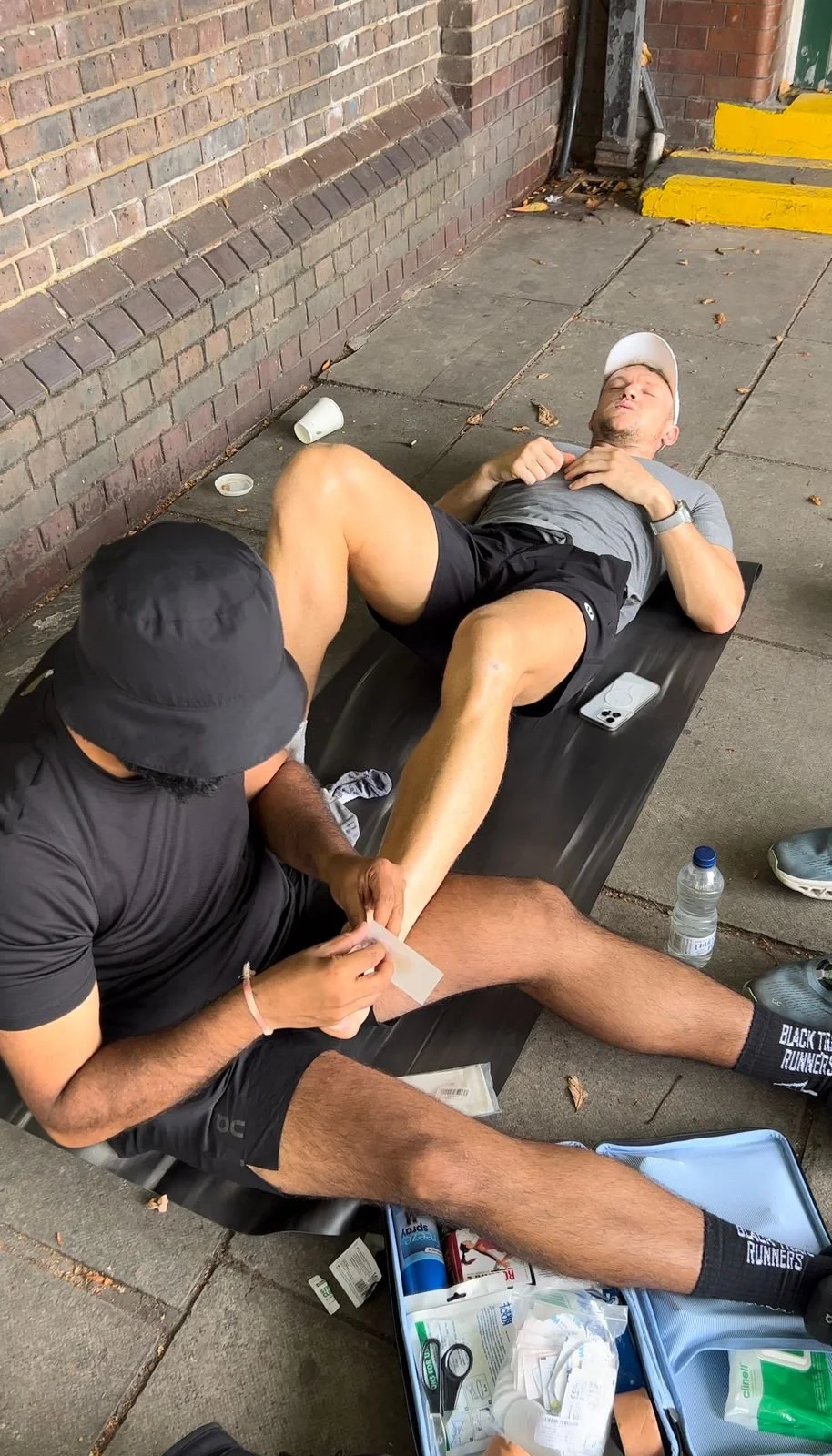
![[Mo]re Than A Run Sydney 2024 🥸
So good to see so many people out running this morning and showing up (despite the rain around CP) all in aid of men’s mental health. Over 200 runners bopping around Centennial, chatting and starting conversati](https://images.squarespace-cdn.com/content/v1/5a77ea35dc2b4a0bdb3fc4b9/1732941224838-WML7GNF86XR3TXA8ZQ5L/image-asset.jpeg)


